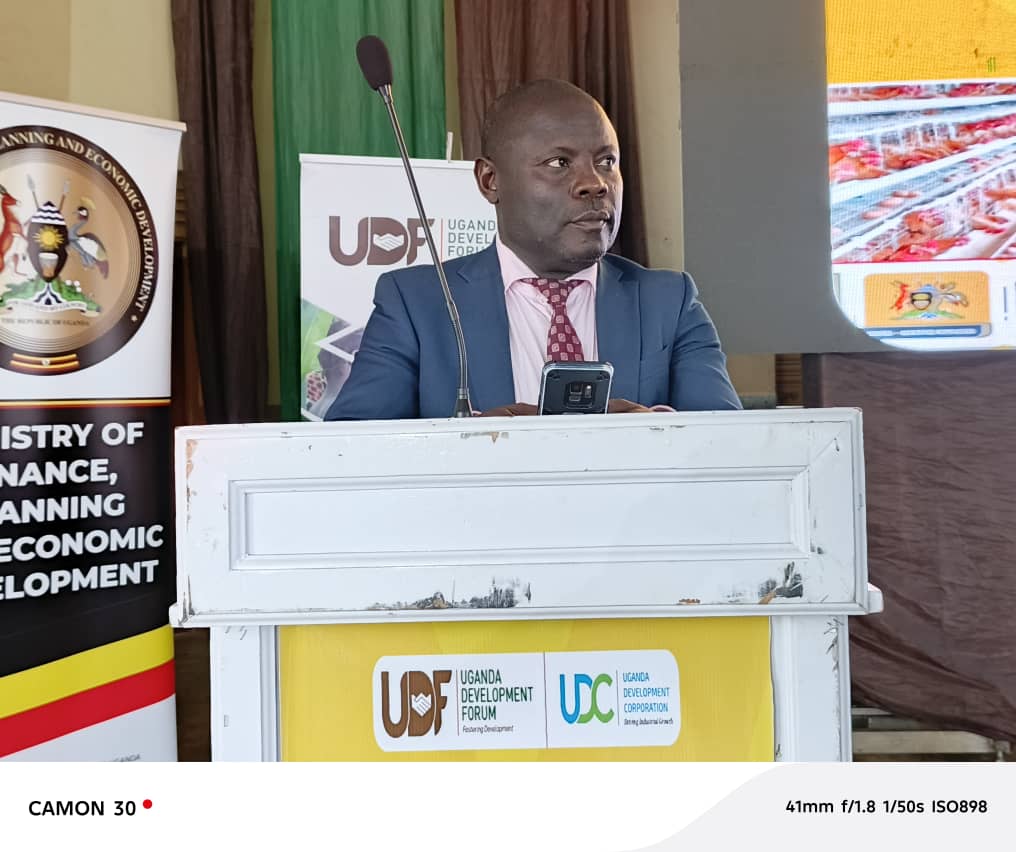KAMPALA, UGANDA: 23 OCTOBER 2025 – Ugandans are widely embracing the “Musevenomics Barazas,” which have so far covered over 20 districts of Uganda. These public forums anchored on President Yoweri Museveni’s economic policies, allow citizens to interface with government sectors responsible for implementing development programs such as the Parish Development Model (PDM), Operation Wealth Creation (OWC), and Emyooga.
The forums encourage citizens to monitor these programs to fight corruption and mismanagement of public funds—money derived from their taxes.
During the opening of a Musevenomics leaders’ workshop at Nakaseke Vocational Institute-Butalangu in Nakaseke District, Deputy Resident Commissioner Sarah Nakitende called upon all local leaders to embrace this economic theory to ensure a unified message is delivered to the grassroots level.
She commended the Musevenomics Secretariat and partnering sectors for creating a platform where Ugandans can participate in planning, from the parish level up to the National Planning Authority. Nakitende stated this approach will ultimately save taxpayer money by focusing spending on essential needs.
Dr. Edward Katende, the Chief Executive Officer of the National Development Forum and the intellectual force behind the Musevenomics philosophy, urged local leaders to disseminate and popularize the theory across the country.
He encouraged Ugandans to understand the six fundamental questions often posed by President Yoweri Kaguta Museveni to elites, which form the bedrock of the theory:
* What was the economy of Uganda like in 1900, at the dawn of colonialism?
* What was the economy of Uganda like in 1962, at the sunset of colonialism?
* What was the magnitude of the collapse of the economy of Uganda between 1971 and 1986 (during Idi Amin, Obote II to Tito Okello)?
* What, therefore, was the economy of Uganda like in 1986?
* What is the Ugandan economy like today and why?
* What should the Ugandan economy be like when the country is a fully modern economy?
Dr. Katende used these historical benchmarks to remind Ugandans of the country’s economic struggles in the 1980s, citing high inflation, low civil servant salaries, price fluctuations, and low life expectancy. He noted that these hardships compelled President Museveni and his team to take up arms, leading to the current National Resistance Movement (NRM) government.
Musevenomics advocates for Uganda’s continued prosperity without relying on Western handouts, which the philosophy contends have turned many African nations into dependent “beggars” forced to request loans in exchange for their natural resources. The theory also details the government’s post-1980 efforts, particularly the implementation of the Ten-Point Programme.
Comparing the dire 1980s economy to the present, Dr. Katende highlighted the NRM government’s achievement of moving Uganda from a “state of emergency” to an impending middle-income status economy. He framed these as the “gains the NRM is calling upon Ugandans to protect” as the country heads towards the 2026 elections by voting for President Museveni.
The Musevenomics conferences were initiated on May 29, 2025, in Kampala, convening policymakers, economists, and business leaders. Organized by the Uganda Development Forum (UDF) and partners under the theme “Sustaining Musevenomics: Navigating Uganda’s Economic Future in a Disrupted World,” the goal is to align President Museveni’s economic philosophy with Uganda’s Vision 2040 and the National Development Plan IV.
……………………………………………………………
For news stories, opinions and promotional content: adverts, campaign messages and posters; contact the managing editor on Telephone number 0701609906/0772609906 or send email to prince.apol@yahoo.com
